Woodipedia: Maple Is a Marvel Around the House
http://decor-ideas.org 11/12/2013 09:30 Decor Ideas
Why choose maple for furniture, cabinetry, flooring or paneling? "It's strong, it's durable, and price-wise it's in the ballpark with all the other wood," says Anthony Fortner, a woodworking professor at Cerritos College in Norwalk, California.
Because of its dense pore structure, maple is heavy. For furniture, this means it stays in place. For doors, it imparts a solid, masterful swing upon opening and closing. For millwork and cabinetry, this density makes maple much more resistant than other woods to dings, dents and scratches. "It's a popular wood now because it's a light color that falls into the modern category," says Fortner. "And for the most part its grain pattern is calm and clean."
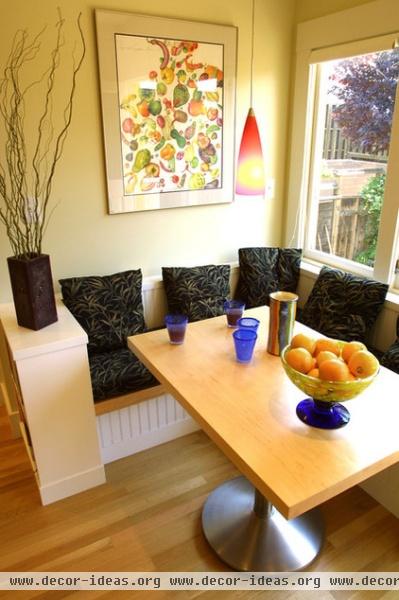
The Basics
Maple is a hardwood, which means it comes from a deciduous tree (one that loses its leaves seasonally). Softwoods, on the other hand, are from coniferous trees, such as pine, cedar, Douglas fir and redwood.
You'll hear references to hard and soft maple, but those end up being relative terms because even soft maple is harder than most other hardwoods. Both are very pale-colored and dense with a fairly quiet grain pattern.
Cost: According to Dave Paulsen, a salesman at Bohnhoff Lumber in Vernon, California, which specializes in hardwoods, the wholesale price of maple is slightly over $3 per board foot. Comparatively, walnut is $5 per board foot.
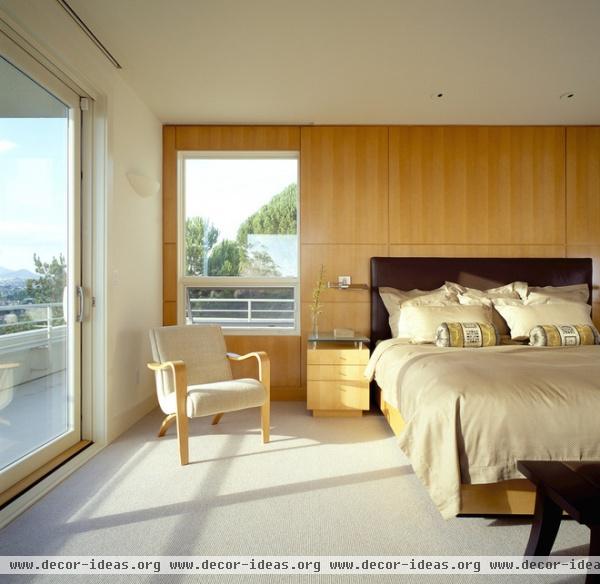
Other names for hard maple include rock maple, sugar maple and black maple — based on the species of tree it comes from. Similarly, common species of soft maple are red maple, box elder, silver maple or big leaf maple. Soft maple is somewhat lighter in weight than hard maple.
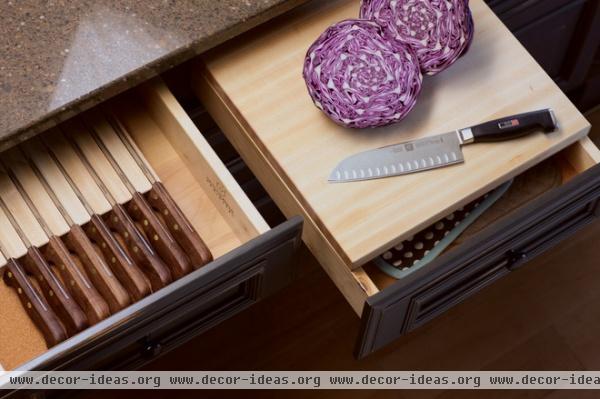
Durability: The Janka hardness scale measures the amount of force, in pounds, it would take to drive a roughly half-inch steel ball into a piece of wood to a depth of about a quarter of an inch. The test is used to determine how resistant a particular type of wood is to dents, dings and scratches.
Janka rating: Hard maple is rated 1450 (pounds of force), which is more durable than red and white oak, walnut and cherry. Soft maple has a rating of 950.
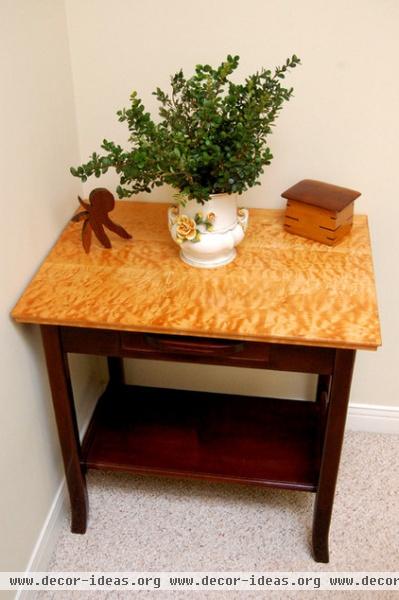
Types of Maple
Specialty maple — more commonly known as figured maple — has a visually compelling grain pattern that invites comment. Because there is no such thing as a figured maple species, it is a wonderful surprise when trees are milled and the figuring is discovered. No one really knows what causes this extraordinary effect, but because of its rarity it is much more expensive than regular maple.
There are several types of specialty maples, and their names somewhat reflect the type of figuring found in their grain pattern. Quilted maple has an almost 3-D appearance and reflects light in a way that begs you to run your hand over it to feel the optical-illusion "bubbles." It is typically reserved for tabletops.
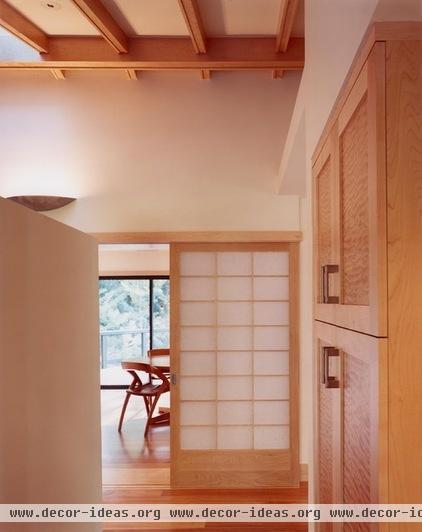
Curly maple, flame maple, fiddleback and tiger maple are characterized by either lighter or darker translucent rays shooting across its grain pattern. Frequently, these specialty woods are used as door panels or tabletops.
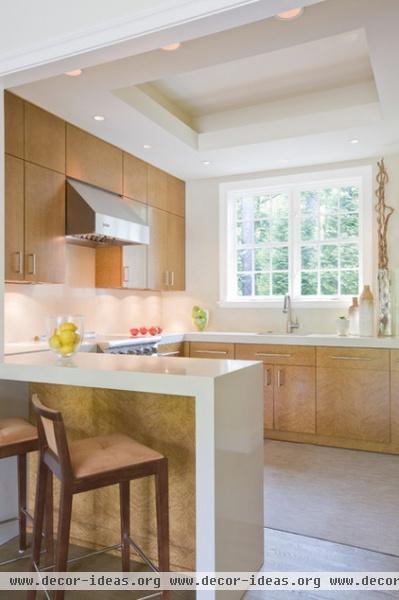
Birdseye maple features a pattern of small brown swirling "eyes" (which are actually diminutive knots) that almost resemble cells seen under a microscope. Because it's so expensive, this type of maple is sold primarily as a veneer and is a prized choice for cabinetry. (It's also frequently used as interior trim on high-end cars.)
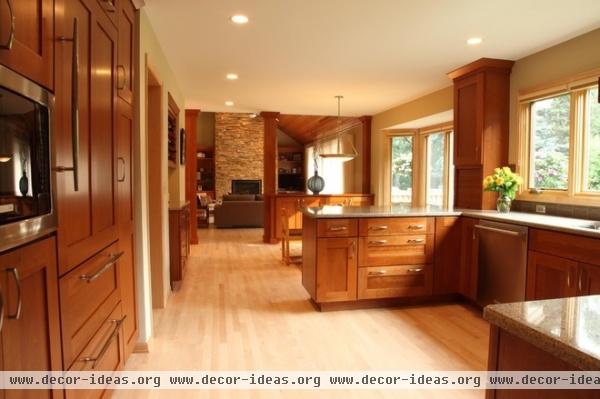
Sustainability
Maple is one of the most sustainable species of trees used commercially because of its short growing life. Trees are harvested at maturity, and because maple trees mature more quickly than other species, they are not as endangered as slower-growing trees. Also, because of its durability, maple doesn't have to be replaced very often, making it a great reclaimed wood. A prime source of reclaimed maple countertops is the thick flooring from bowling alleys.
Reclaimed maple flooring generally increases the value of a home.
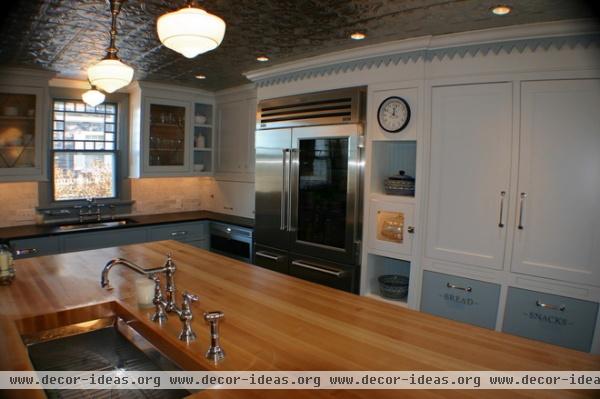
Uses
Because of its noteworthy toughness, hard maple is an excellent choice for flooring. It also serves well as a kitchen countertop due to its closed-pore density. Some people prefer to use their maple countertop as a chopping block and view the eventual scuffed-up surface as adding overall character to a room. Others prefer to keep their maple countertop in prime condition, maintaining it by simply wiping it dry after each use.
Maple is also an excellent choice for baseboards, door frames and other mouldings that are subject to more intense levels of use and abuse.
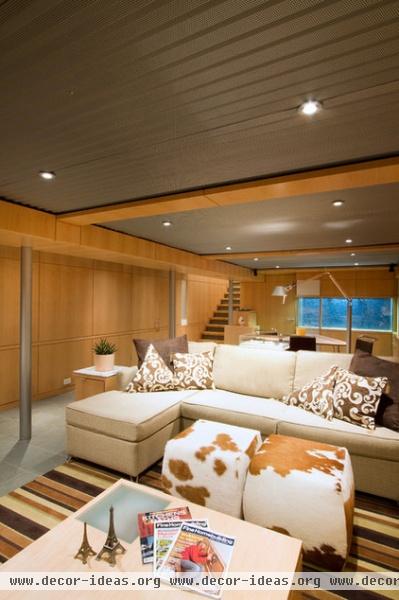
Covering walls with maple-veneered plywood can both warm and lighten basement rooms. Many different grades of plywood are available, so be sure to specify Grade A for the outward-facing side, which means the maple veneer applied to the fabricated core is free of visible defects.
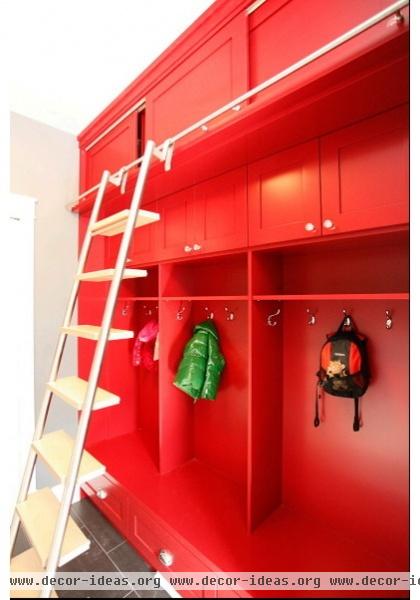
Finishing
Over time, all maple gradually develops a yellowish patina, which lends it a polished glow. However, some people prefer to paint — and maple is a perfect wood for painting because of its density. When softer woods like poplar or alder get dinged up, the paint usually cracks at the indentation, which is not likely to happen with maple. Furthermore, its calm grain pattern doesn't interfere with the overall effect of the paint.
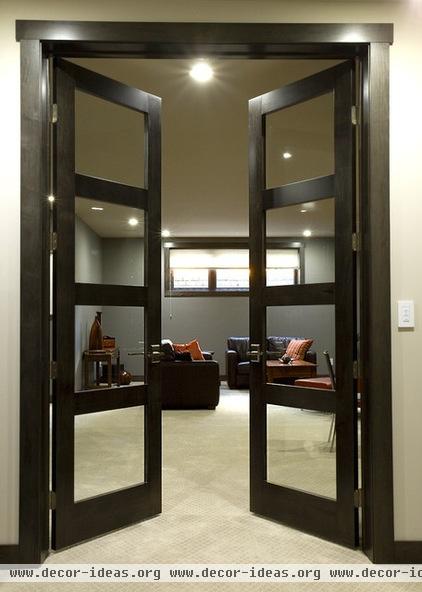
The downside is that maple does not generally stain well. The most common complaint about stained maple is that it looks blotchy. Therefore the best way to stain maple is to go with a very dark color so that the blotchiness adds background texture. With a light to medium stain, the blotchiness would be much more prominent — and some would say distracting.
If you want to color the wood to a medium tone, you have the option of dying it with water-based aniline dyes and then sealing it with a clear coat of finish. Whereas stains deposit solid pigments into the wood, dyes color the wood without leaving a residue behind, and consequently you achieve a greater degree of clarity.
Related Articles Recommended












